Fans of art-house cinema, experimental shorts, video installations and moving-image-based art are spoiled for choice during Hong Kong Art Week. Amy Mullins has compiled a ready reckoner of the fare on offer.
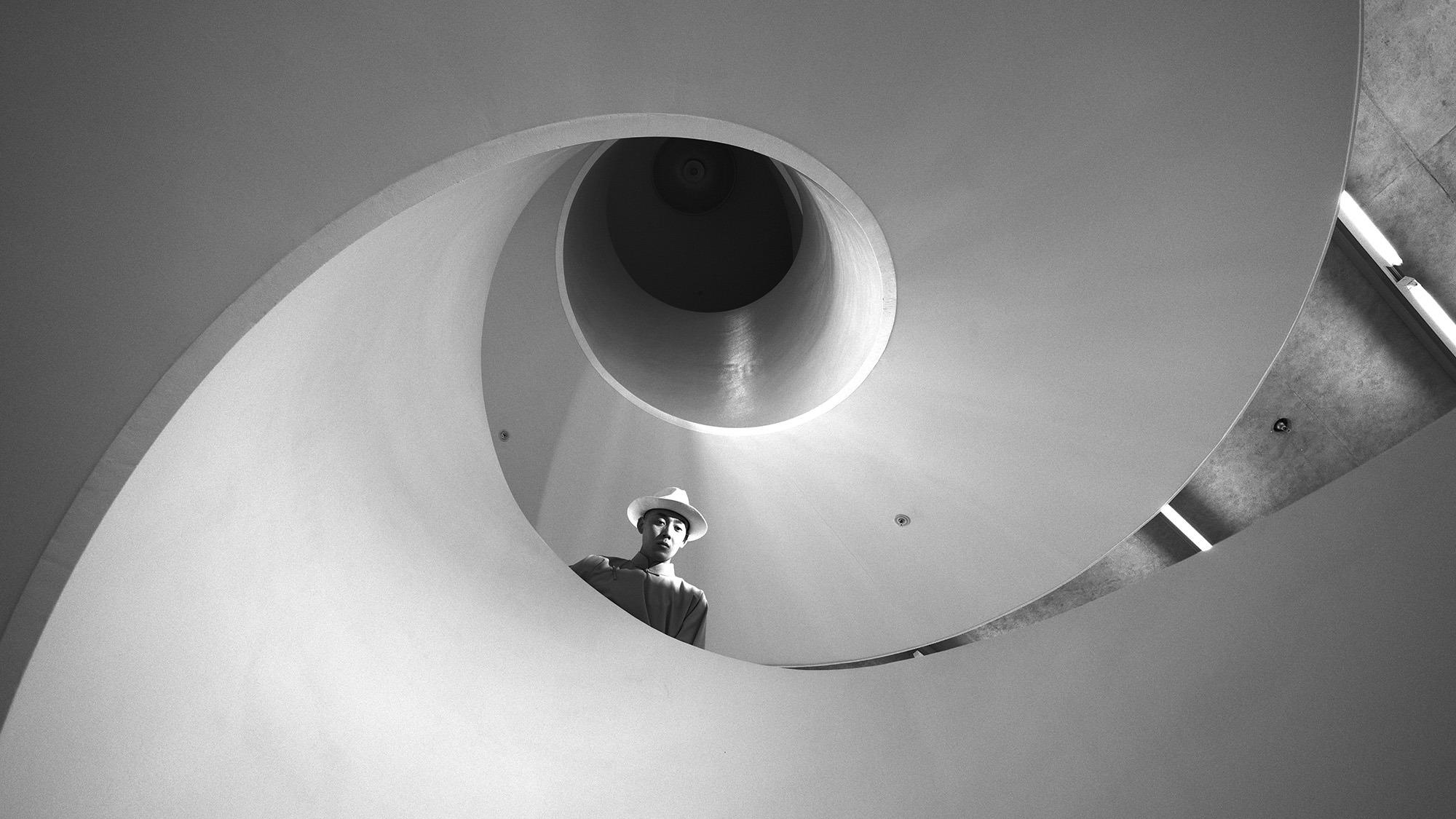 Commissioned by Art Basel Hong Kong, Yang Fudong’s Sparrow on the Sea is playing on a loop on the M+ Facade. PROVIDED TO CHINA DAILY)
Commissioned by Art Basel Hong Kong, Yang Fudong’s Sparrow on the Sea is playing on a loop on the M+ Facade. PROVIDED TO CHINA DAILY)
Li Zhenhua, the curator of the film program of Art Basel Hong Kong, says that the connections shared by human beings everywhere might be the overarching theme informing his selection of films for the fair’s current edition. Two of the 10 films put together by Li will see their Hong Kong premiere: A New Old Play by Chinese filmmaker Qiu Jiongjiong, and German artist Anne Imhof’s Sex, created for the first part of her performance cycle at the Tate Modern in 2019. Qiu’s painterly film harks back to his Sichuan opera performer grandfather’s life in order to reflect on China’s turbulent 20th century.
Imhof uses ritualistic dance images and an avant-garde soundtrack to explore alienation and detachment. As Li points out, Qiu and Imhof approach their subjects with very different aesthetic languages, though both films are intensely contemporary and delve into complementing themes. Both artists focus on the long term.
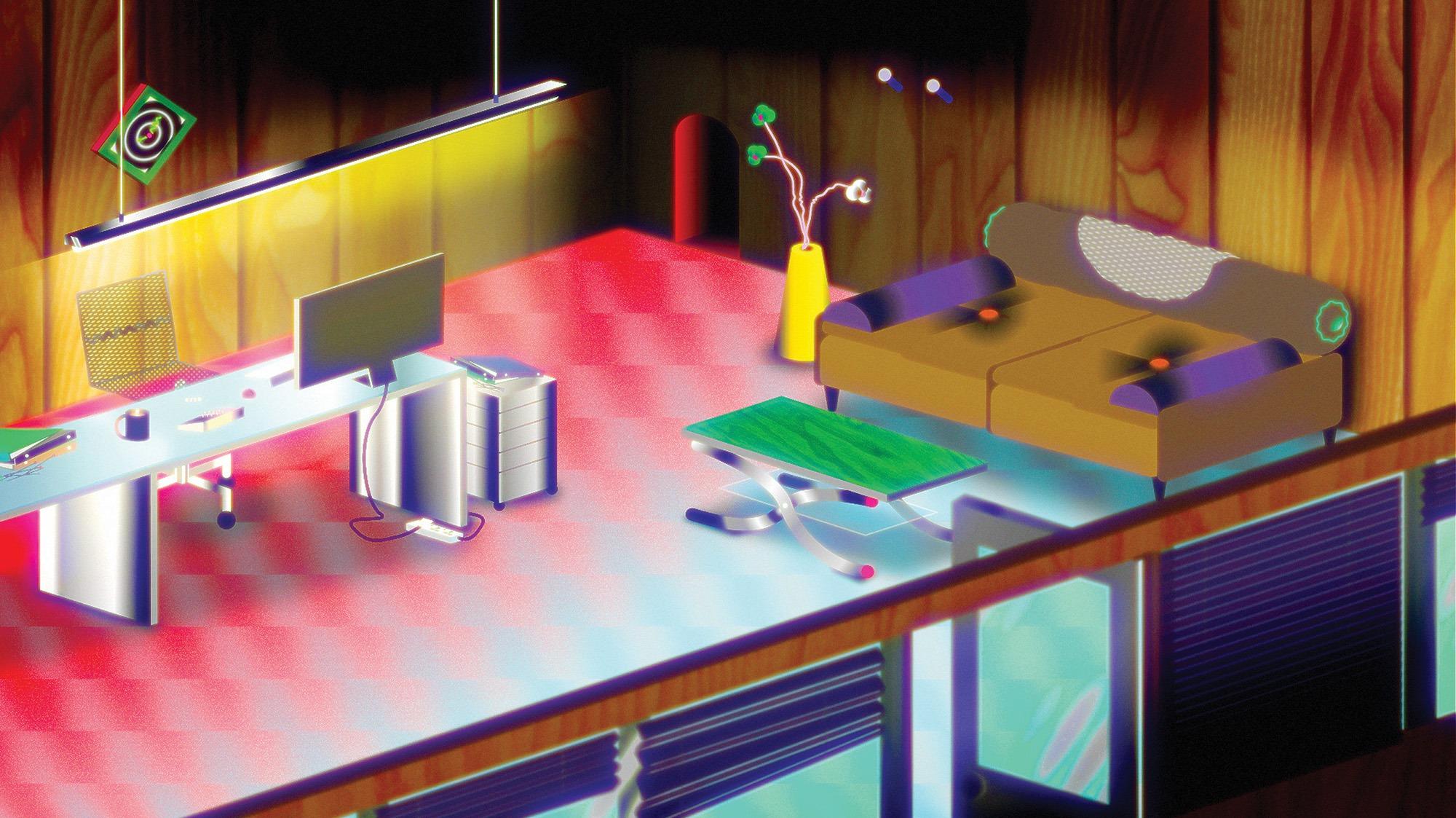 Wong Ping’s short film Sorry for the Late Reply is a part of the screening program of Art Basel Hong Kong 2024. (PROVIDED TO CHINA DAILY)
Wong Ping’s short film Sorry for the Late Reply is a part of the screening program of Art Basel Hong Kong 2024. (PROVIDED TO CHINA DAILY)
The bulk of the ABHK 2024 film lineup comprises a range of innovative shorts spread over eight programs. These include Sorry for the Late Reply, a single-channel computer animation by Hong Kong artist Wong Ping. Wong uses personal experiences to interrogate the emotions of anxiety and alienation. The main character in his short film is trapped inside the veins of a retail worker’s legs.
Another Hong Kong artist, Chan Ka-kiu, illustrates the dialectic between lived reality and fantasy in her short film Back & Forth & Back. In The Levitating Perils, Frank Wang Yefeng uses his own genealogy as a springboard to launch into an examination of the Asian diaspora and the identity hoisted upon it by the West since the time of the Gold Rush, through 3D motion graphics, light and sculpture.
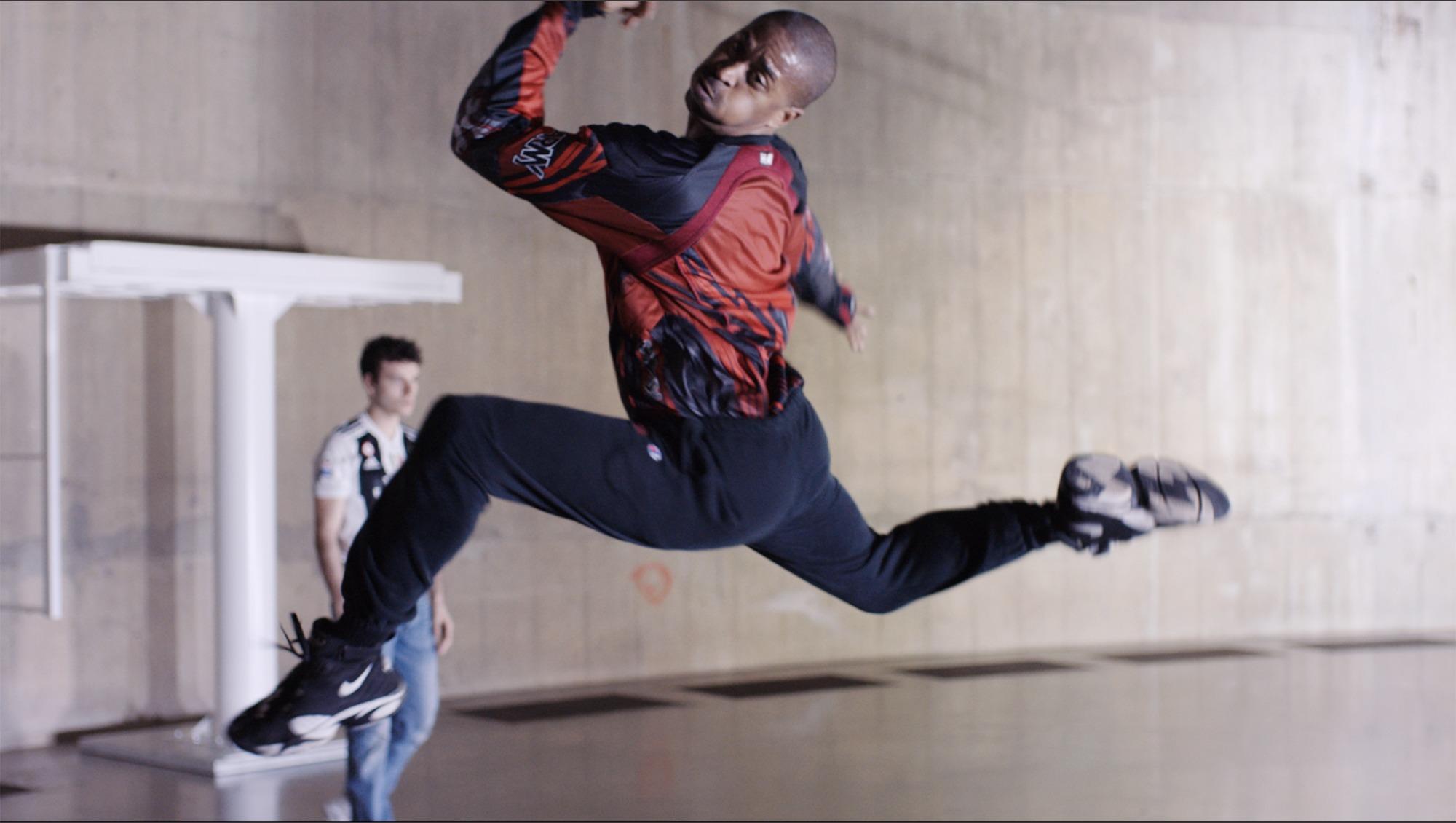 Anne Imhof’s film Sex, created for her 2019 show at London’s Tate Modern, is screening at Art Basel Hong Kong. (PROVIDED TO CHINA DAILY)
Anne Imhof’s film Sex, created for her 2019 show at London’s Tate Modern, is screening at Art Basel Hong Kong. (PROVIDED TO CHINA DAILY)
What the future holds
Art Central is presenting its 2024 Video Art Program, Future Visions, on an LED wall at the fair’s Central Harbourfront venue. All the videos are “about the notion of the future”, says Enoch Cheng, curatorial director of the fair’s current edition.
Among the six works featured is Dzata: The Institute of Technological Consciousness by South African artists Francois Knoetze, Russel Hlongwane and Amy Louise Wilson. In it an investigation into a fictional institute’s pan-African archive unearths links between indigenous knowledge and present-day technological innovation.
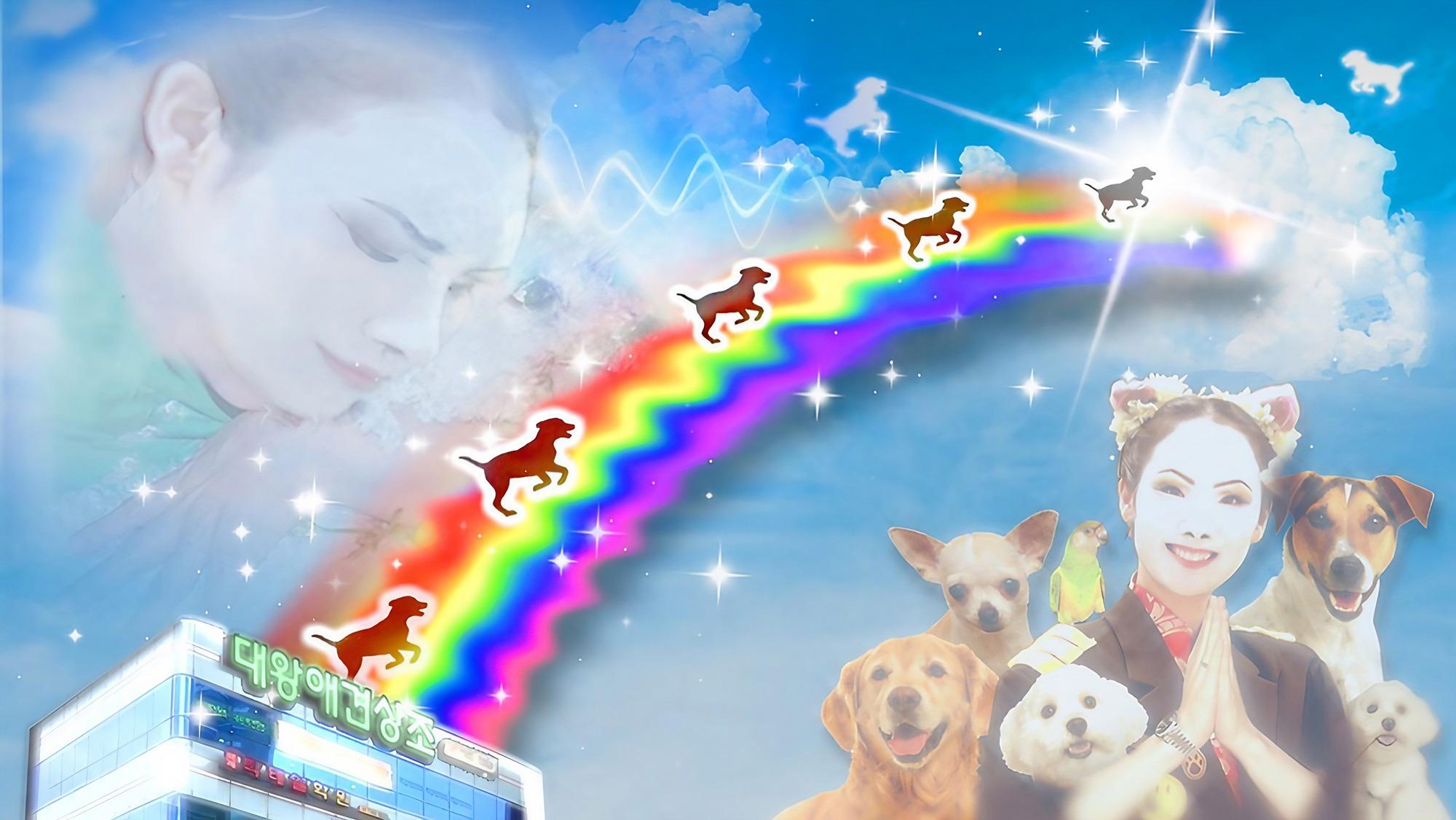 Heightened, kitschy imagery is the hallmark of Sungsil Ryu’s video art, now on show at Eaton HK. (PROVIDED TO CHINA DAILY)
Heightened, kitschy imagery is the hallmark of Sungsil Ryu’s video art, now on show at Eaton HK. (PROVIDED TO CHINA DAILY)
“The work looks at the vernacular technological practices found across the African continent,” Cheng says. “Technological practice itself is very much tied into the idea of futurity — the need to be innovative and make something possible in and for the future. But using archival practice and the pseudo-anthropological take on what constitutes modern technology in the post-colonial era is also very forward-looking, because it is proposing something against the status quo.”
Future Visions includes Zike He’s Random Access, set in future Guiyang after a crash and restart of a data hub’s central data center. The short contemplates the relationship between digital technology, perception and memory, in a world where technology is second nature. Jessi Ali Lin and Chen Hsin-Yu pay homage to Martha Rosler’s classic feminist Semiotics of the Kitchen (1975) in Semiotics of the Home. A garbage dump serves as a metaphor for the construction and destruction of the value and meaning of mechanized labor.
 Paul Trillo Jacques’s Absolve is among the films Videotage and Art Basel Hong Kong are co-hosting at Cattle Depot Artist Village. (PROVIDED TO CHINA DAILY)
Paul Trillo Jacques’s Absolve is among the films Videotage and Art Basel Hong Kong are co-hosting at Cattle Depot Artist Village. (PROVIDED TO CHINA DAILY)
Virtual living
One of the city’s oldest art collectives, Videotage is taking a deep dive into artificial intelligence with two film programs. Screening at ABHK’s Hong Kong Convention and Exhibition Centre venue, the Do NPCs Dream of Electric Sheep? program is a compilation of shorts critically examining the social impact of the video-game console since it became a fully embedded cultural phenomenon.
Edwin Lo’s The Fall, Ip Yuk-yiu’s HBG, Tsui Hou-lam’s Rabu Rabu and Lawrence Lek’s Geomancer question the nature of humanity in the virtual realm. The last of these focuses on the interplay between generative AI and creativity, which has led to critical questions related to the identity of the author in recent years.
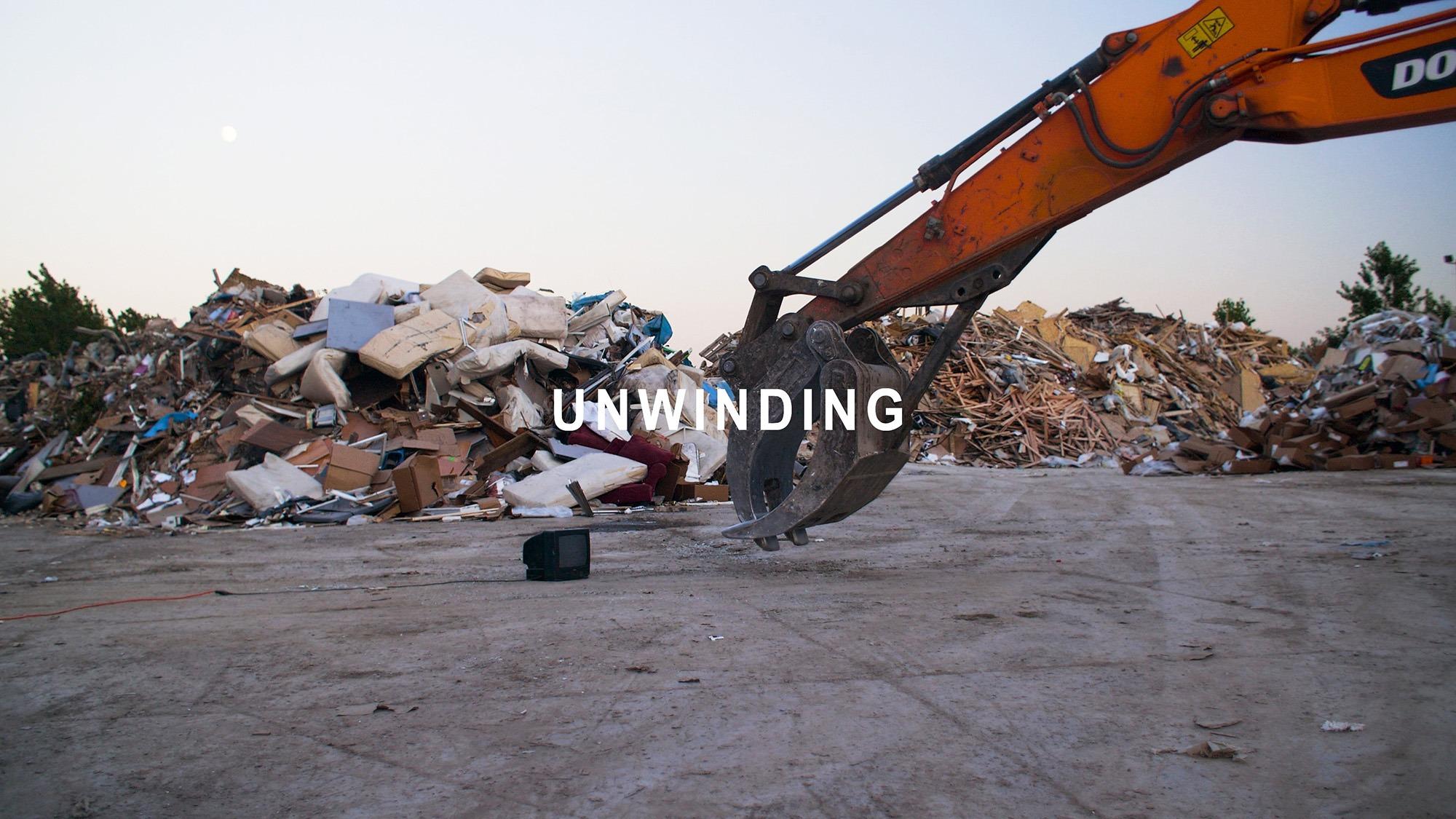 In Jessi Ali Lin and Chen Hsin-Yu’s Semiotics of the Home, on show at Art Central, a garbage dump serves as a metaphor for mechanized labor. (PROVIDED TO CHINA DAILY)
In Jessi Ali Lin and Chen Hsin-Yu’s Semiotics of the Home, on show at Art Central, a garbage dump serves as a metaphor for mechanized labor. (PROVIDED TO CHINA DAILY)
Videotage’s second film program, Both Sides Now 9: Generations, is on show at Cattle Depot Artist Village until April 10 and is curated by Isaac Leung and Jamie Wyld. The program reflects on the changing dynamics between Hong Kong, the Chinese mainland and the UK over the last three decades and features Doreen Chan’s HalfDream, Jake Elwes’s Zizi & Me — Anything You Can Do (I Can Do Better), Lau Wai’s The Dome, and Absolve by Paul Trillo Jacques.
Do NPCs and Both Sides are “two different programs that share a common theme of questioning the possible future that AI might bring,” says Videotage’s adjunct curator Angel Leung. “Although the two were developed separately — the former from video games and latter from the use of AI in art — the shared topic of AI is inevitable due to the popularization of powerful end-user AI such as Deepfake, ChatGPT and Midjourney. They stir imagination and fear among us. We know there will be changes but cannot predict them yet, and that is where imaginations explode.”
Leung cites HalfDream and Zizi & Me in particular for their incorporation of AI and algorithms to demystify the technologies involved. “I think it is very powerful to see how differently the technology can be used by different artists.”
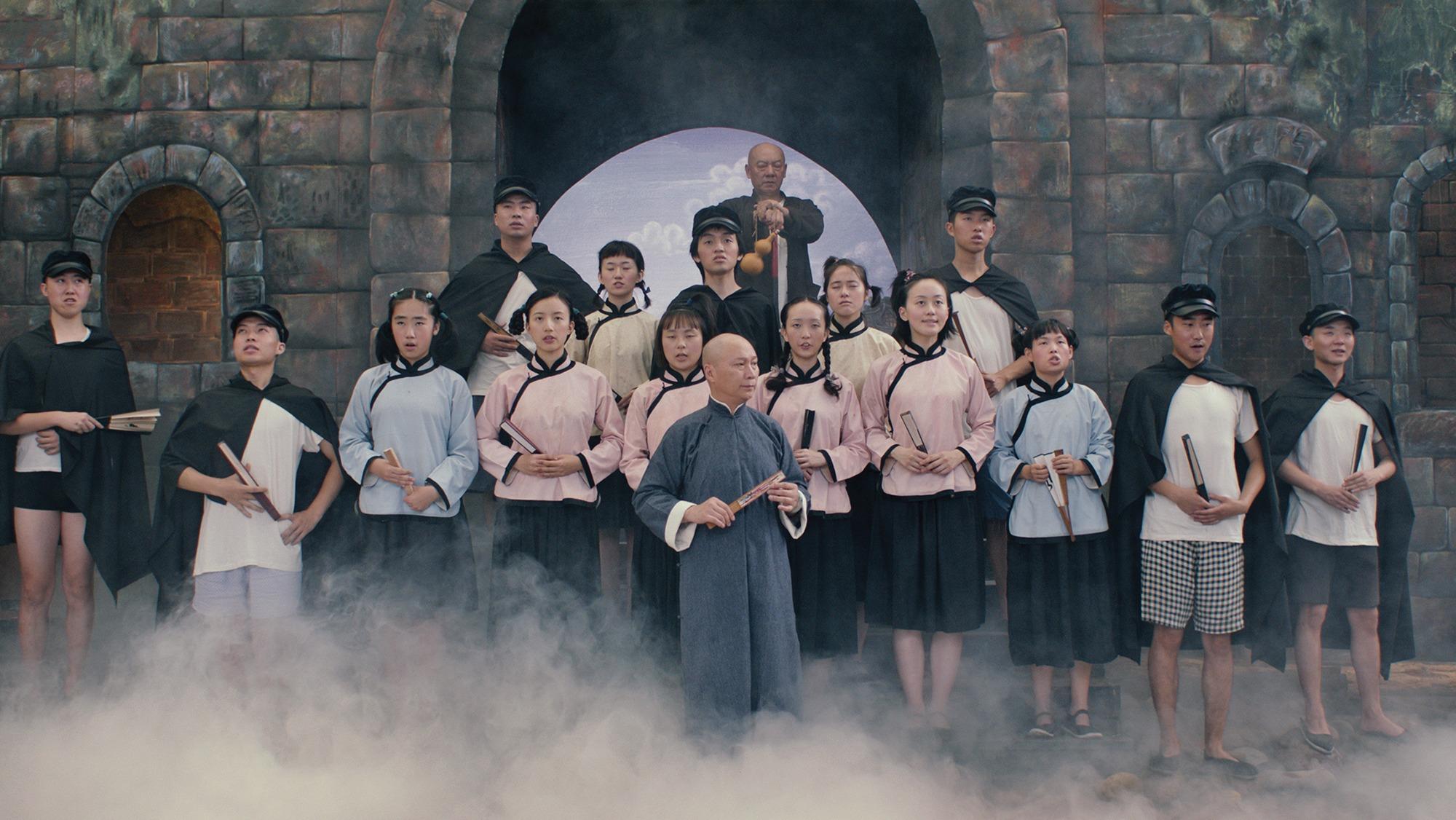 Screening at Art Basel Hong Kong, Qiu Jiongjiong’s A New Old Play looks at present-day Chinese society through the lens of a Sichuan opera performer. (PROVIDED TO CHINA DAILY)
Screening at Art Basel Hong Kong, Qiu Jiongjiong’s A New Old Play looks at present-day Chinese society through the lens of a Sichuan opera performer. (PROVIDED TO CHINA DAILY)
City of art
Several among the new works of moving-image art unveiled close to or during Hong Kong Art Week can be found in non-traditional venues — hotels, shopping malls and outdoor public spaces, for example. The Peninsula Hong Kong is playing host to Los Angeles-based artist Lachlan Turczan’s kinetic sculpture Harmonic Resonance. Featured in the hotel’s Art in Resonance showcase, the piece is a kinetic sculpture that enables visualization of the impact of sound waves, as a series of choreographed infrasonic tones make ripples on the water. Though Harmonic Resonance isn’t, technically speaking, a video work, it has a place under the umbrella of art involving images created as a result of motion.
“I love breaking the tradition of white walls,” comments Turczan. “The important thing is to share my work in as many spaces as possible. Art shouldn’t have a cost barrier.”
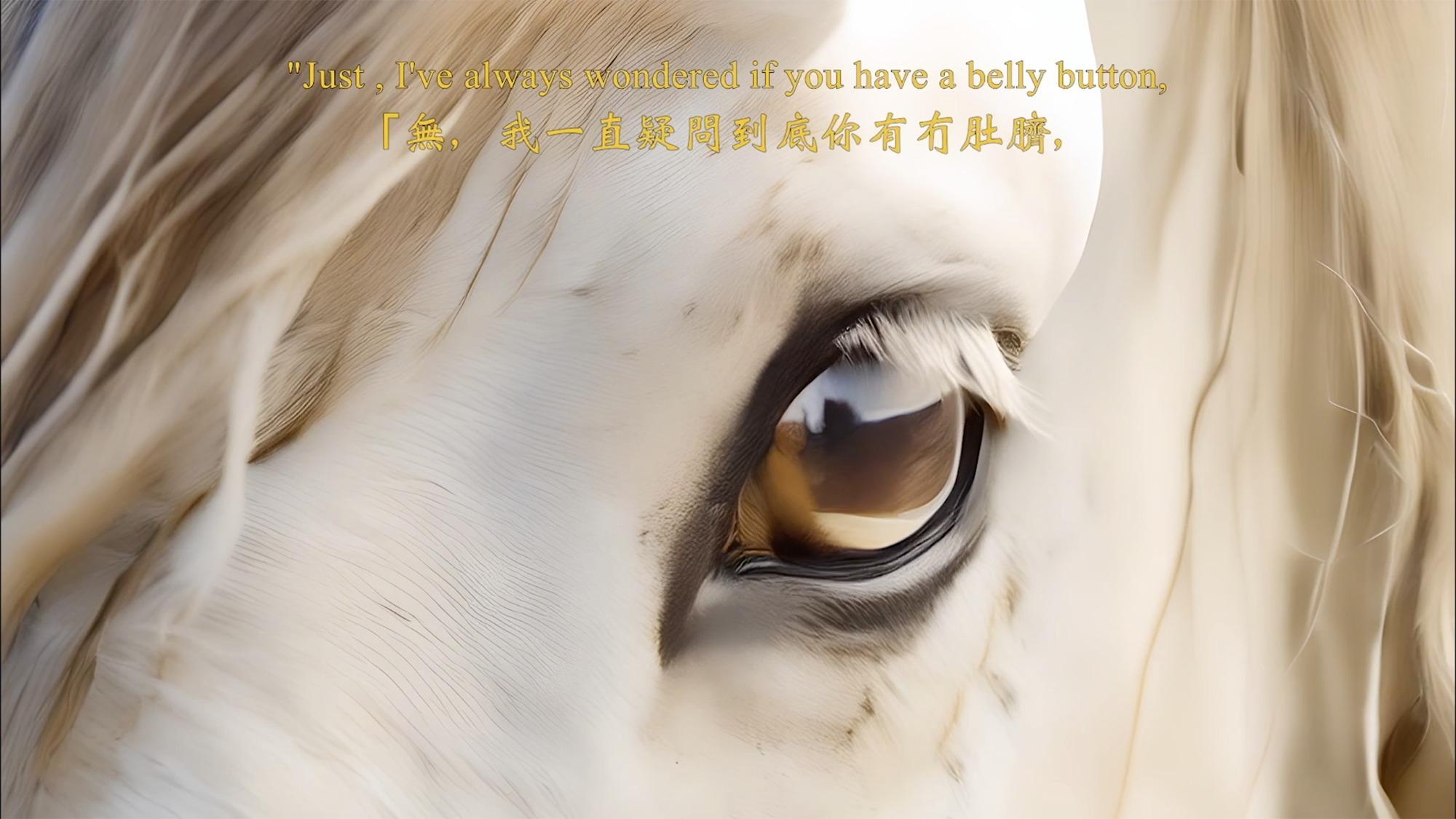 Chan Ka-kiu’s short film, Back & Forth & Back, is screening at Art Basel Hong Kong. The film illustrates the dialectic between lived reality and fantasy. (PROVIDED TO CHINA DAILY)
Chan Ka-kiu’s short film, Back & Forth & Back, is screening at Art Basel Hong Kong. The film illustrates the dialectic between lived reality and fantasy. (PROVIDED TO CHINA DAILY)
Eaton HK is screening video art by Sungsil Ryu, known for her heightened, kitschy imagery satirizing the consumer culture in her native South Korea. Joseph Chen, the host hotel’s director of culture, feels the multicultural values reflected in the artist’s work resonate strongly with those of Hong Kong.
“Thematically, Sungsil’s work focuses on the mechanics of materialistic desire in modern-day Korea, which is influenced by the complex intertwining of traditional Confucian values and the global neoliberal order,” says Chen. “We can find many parallel connections between the sociocultural dialogues in East Asian regions at this time.”
Shot in black-and-white, Yang Fudong’s “architectural” short film Sparrow on the Sea references visual motifs and textures from classic Hong Kong cinema of the ’70s to the ’90s. The piece is an ABHK commission, playing on a loop on the M+ Facade, which is, by design, silent. However, audiences are invited to tune in to their personal soundtracks by engaging with the ambient noises of the city while watching the video.
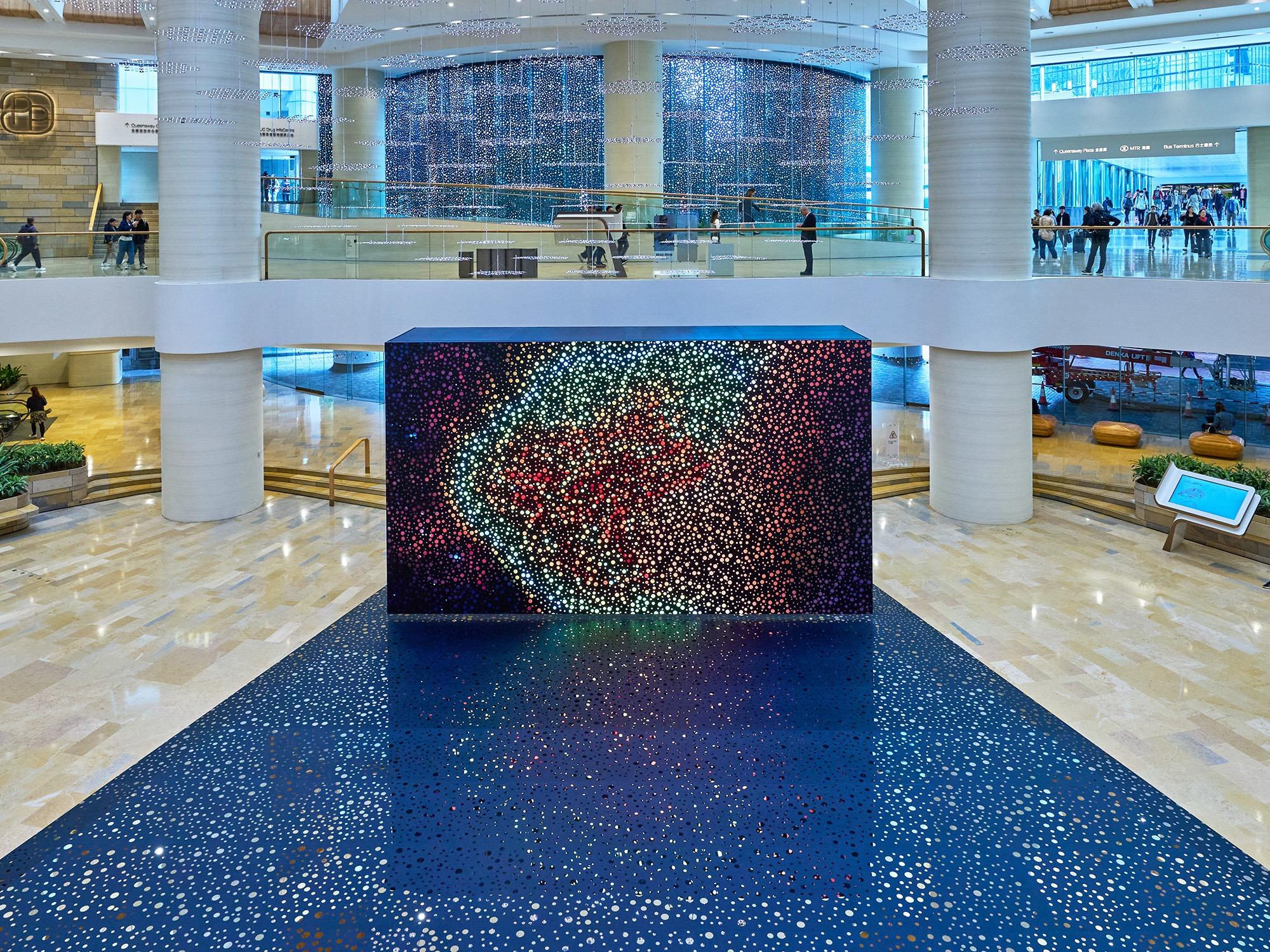 The dots in Daniel Boyd’s Doan, an Art Basel Hong Kong off-site piece set up in Pacific Place, appear to change places in response to the play of light on its surface. (PROVIDED TO CHINA DAILY)
The dots in Daniel Boyd’s Doan, an Art Basel Hong Kong off-site piece set up in Pacific Place, appear to change places in response to the play of light on its surface. (PROVIDED TO CHINA DAILY)
“Yang has carefully considered the physicality and context of the M+ Facade. Sparrow on the Sea extends beyond the museum’s building to incorporate the city’s ambient and spatialized soundscape that changes depending on the location of the audience,” explains Kate Gu, associate curator, Digital Special Projects, M+. “The work presents an open-ended and existential narrative that blends everyday rituals with dream states to gently provoke the audience’s imagination. It also pays homage to Hong Kong’s artistic community, including the late Ho Fan, whose striking black-and-white photographs and films display a similar command of light and shadow.”
Daniel Boyd’s Doan — an ABHK off-site project — is installed in Pacific Place. The piece is made up of a mirrored floor and transparent panels with window treatment. The play of light on its infinitesimal dots makes them appear to change places, creating different patterns throughout the day.
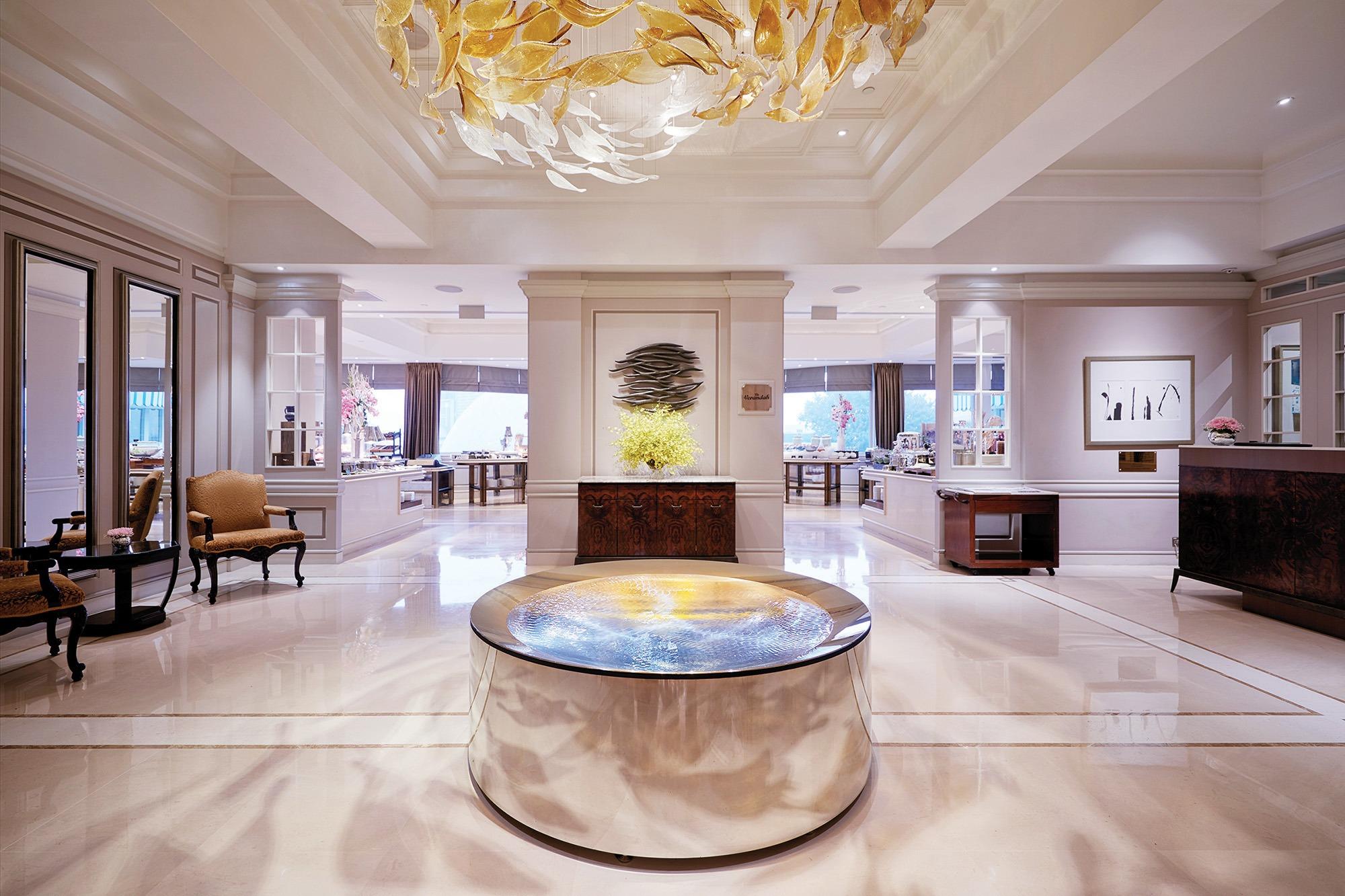 Lachlan Turczan’s kinetic sculpture, Harmonic Resonance, is installed at the Peninsula Hong Kong. The piece affords a visualization of the impact of sound waves.
(PROVIDED TO CHINA DAILY)
Lachlan Turczan’s kinetic sculpture, Harmonic Resonance, is installed at the Peninsula Hong Kong. The piece affords a visualization of the impact of sound waves.
(PROVIDED TO CHINA DAILY)
In step with ABHK film program curator Li’s contention that interconnectedness may be the key word informing not just his own selection of films but also many of the highlight pieces featured in Art Basel Hong Kong 2024, the dots in the cosmic spectacle created in Doan reference the pixels in a digital image. The artist inviting the viewer to walk through his installation is an acknowledgment that we live in a digital world, and that each of us is a part of this collective.
If you go
Art Basel Hong Kong 2024
Dates: March 28-30
Venue: Hong Kong Convention and Exhibition Centre, 1 Harbour Road, Wan Chai
Art Central Hong Kong 2024
Dates: March 28-31
Venue: Central Harbourfront, 9 Lung Wo Road, Central



